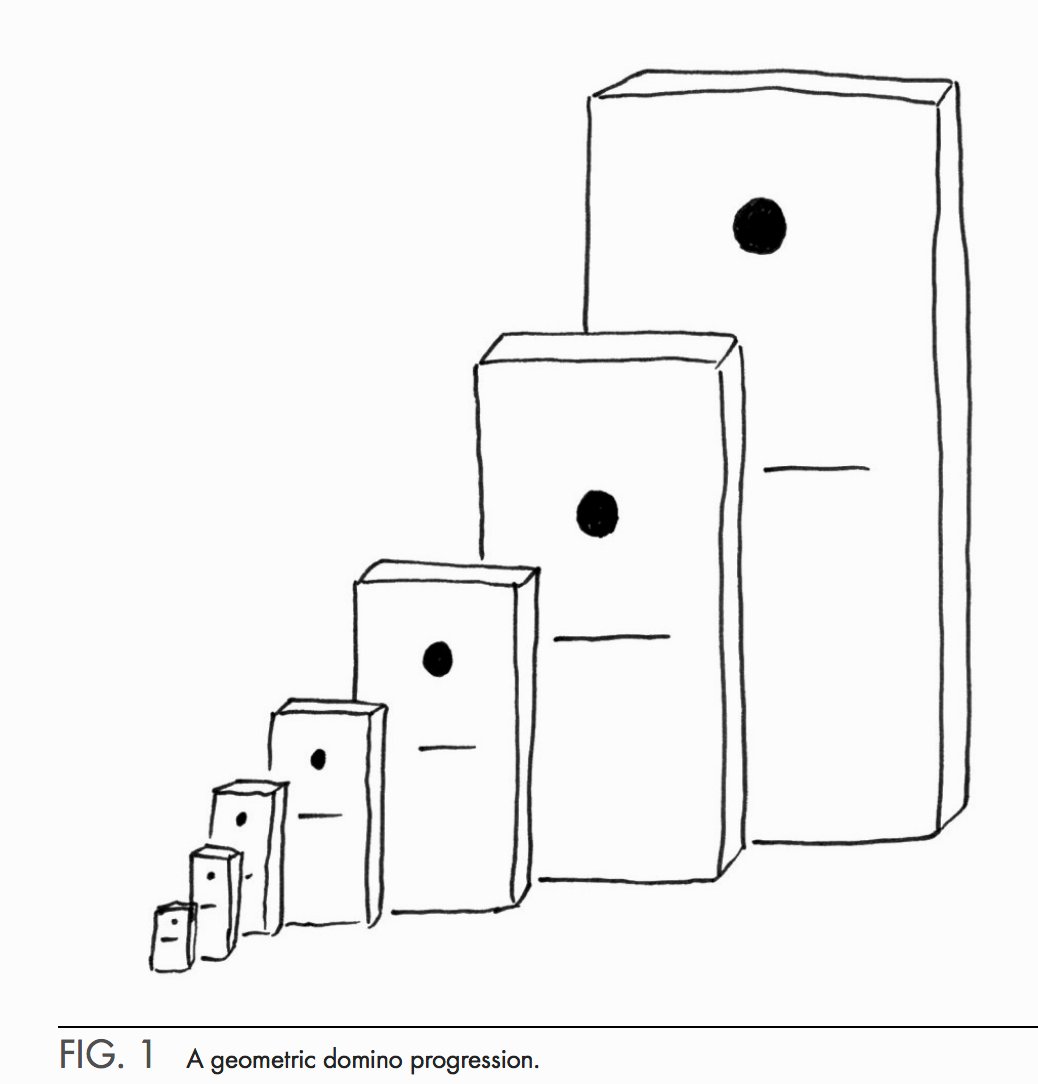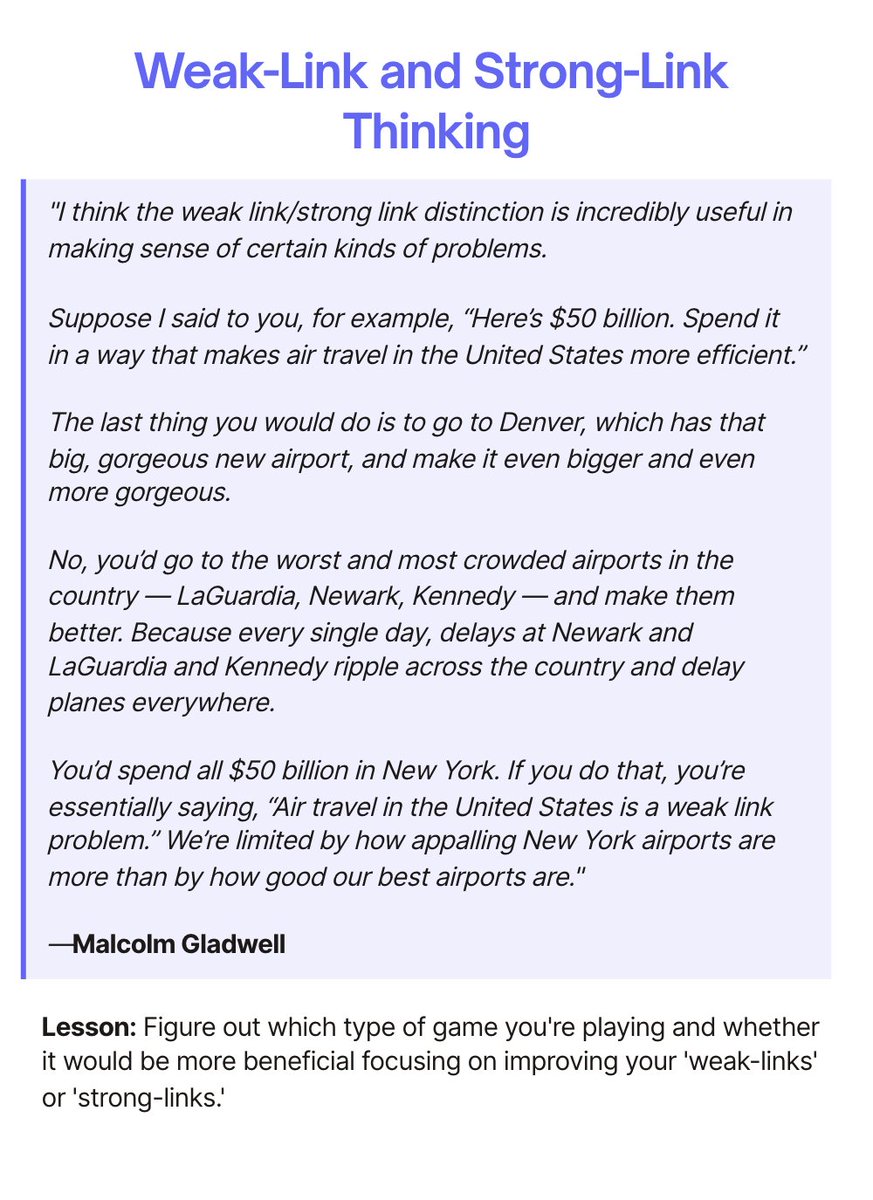Most people suck at prioritization.
Let’s change that.
Here are 10 of the best prioritization mental models I& #39;ve found https://abs.twimg.com/emoji/v2/... draggable="false" alt="🧵" title="collectie" aria-label="Emoji: collectie">
https://abs.twimg.com/emoji/v2/... draggable="false" alt="🧵" title="collectie" aria-label="Emoji: collectie">
Let’s change that.
Here are 10 of the best prioritization mental models I& #39;ve found
Eisenhower Decision Matrix
Best for day-to-day decisions.
Prioritize tasks by urgency and importance and decide which tasks should be delegated or not done at all.
”What is important is seldom urgent, and what is urgent is seldom important.”
—Dwight Eisenhower
Best for day-to-day decisions.
Prioritize tasks by urgency and importance and decide which tasks should be delegated or not done at all.
”What is important is seldom urgent, and what is urgent is seldom important.”
—Dwight Eisenhower
ICE Framework
Best for short-term prioritization decisions (weeks or months).
(I): How much positive Impact could the effort have if it succeeded?
(C): What is your Confidence in this effort succeeding?
(E): How Easy (time or resources) is it to pursue the effort?
Best for short-term prioritization decisions (weeks or months).
(I): How much positive Impact could the effort have if it succeeded?
(C): What is your Confidence in this effort succeeding?
(E): How Easy (time or resources) is it to pursue the effort?
Jeff Bezos Regret Minimization Framework
Best for long-term prioritization—”what should I spend my life working on?”
When deciding what to work on, ask yourself, which action would my 80-year old self most regret not having taken?
Be good to your future self.
Best for long-term prioritization—”what should I spend my life working on?”
When deciding what to work on, ask yourself, which action would my 80-year old self most regret not having taken?
Be good to your future self.
Return on Investment
Ask, “Which projects or tasks produce the most value per unit of time I put in?”
Here’s the thing: You get to decide what measure of value to use—it doesn’t have to be ‘objective’ or financial.
The key is to decide what’s most valuable to you.
Ask, “Which projects or tasks produce the most value per unit of time I put in?”
Here’s the thing: You get to decide what measure of value to use—it doesn’t have to be ‘objective’ or financial.
The key is to decide what’s most valuable to you.
The One Thing
A key mindset of success is recognizing that it comes sequentially, not by focusing on multiple things at once.
”The One Thing” suggests you should focus on the lead domino.
When the right “one thing”, is set in motion, it can topple many things.
h/t@garykeller
A key mindset of success is recognizing that it comes sequentially, not by focusing on multiple things at once.
”The One Thing” suggests you should focus on the lead domino.
When the right “one thing”, is set in motion, it can topple many things.
h/t@garykeller
North Star
In a company, a north-star is the one metric that the company optimizes for over all others.
It’s the metric that produces the most business value over the long term when optimized.
For example, Airbnb& #39;s north-star metric is “# of nights booked.”
In a company, a north-star is the one metric that the company optimizes for over all others.
It’s the metric that produces the most business value over the long term when optimized.
For example, Airbnb& #39;s north-star metric is “# of nights booked.”
Weak-Link and Strong-Link Thinking
Strong-link is prioritizing improving your strengths or strongest players.
Weak-link is prioritizing improving your weaknesses or weak players.
Depending on the type of ‘game’ you’re playing, one will yield more benefit than the other.
Strong-link is prioritizing improving your strengths or strongest players.
Weak-link is prioritizing improving your weaknesses or weak players.
Depending on the type of ‘game’ you’re playing, one will yield more benefit than the other.
Customer > Team > Individual
A simple prioritization framework for companies that enables faster decision-making and accelerated progress.
It says that when making decisions, Customers should be prioritized first, then the team (as a whole), then an individual.
A simple prioritization framework for companies that enables faster decision-making and accelerated progress.
It says that when making decisions, Customers should be prioritized first, then the team (as a whole), then an individual.
Good and Bad Procrastination
Good procrastination is avoiding work with 0 chance of being mentioned in your obituary—like errands.
”Unless you& #39;re working on the biggest things you could be, you& #39;re type-B procrastinating, no matter how much you& #39;re getting done.”
h/t @paulg
Good procrastination is avoiding work with 0 chance of being mentioned in your obituary—like errands.
”Unless you& #39;re working on the biggest things you could be, you& #39;re type-B procrastinating, no matter how much you& #39;re getting done.”
h/t @paulg
Satisficing vs. Maximizing
Satisficing: Picking the first option that satisfies an acceptable threshold—typically doesn& #39;t result in the best solution.
Maximizing: Spending time and effort to ensure you& #39;ve solved something optimally—typically results in the best solution.
Satisficing: Picking the first option that satisfies an acceptable threshold—typically doesn& #39;t result in the best solution.
Maximizing: Spending time and effort to ensure you& #39;ve solved something optimally—typically results in the best solution.
That& #39;s 10 of the best prioritization mental models I& #39;ve found.
If you enjoyed this thread:
1. Follow me @_alexbrogan for more thought-provoking content to help you get better at the game of life
2. RT the tweet below to share this with others who might enjoy it :) https://twitter.com/_alexbrogan/status/1528050603297067009">https://twitter.com/_alexbrog...
If you enjoyed this thread:
1. Follow me @_alexbrogan for more thought-provoking content to help you get better at the game of life
2. RT the tweet below to share this with others who might enjoy it :) https://twitter.com/_alexbrogan/status/1528050603297067009">https://twitter.com/_alexbrog...

 Read on Twitter
Read on Twitter







